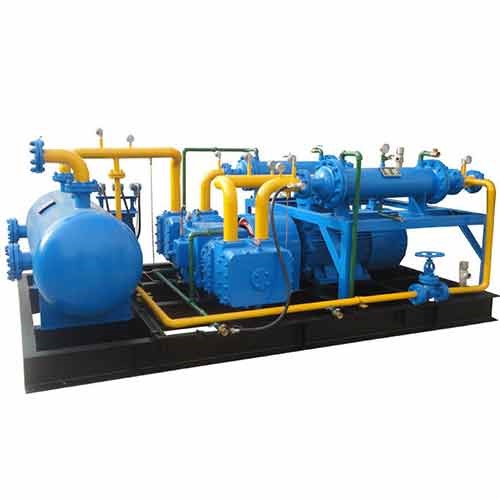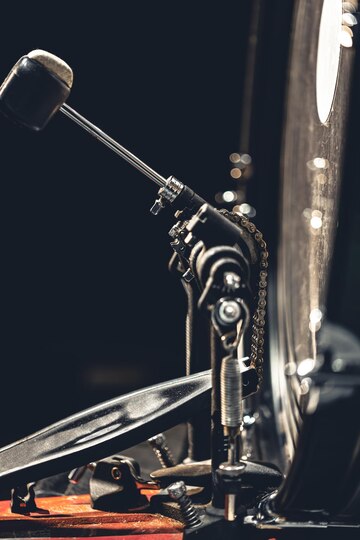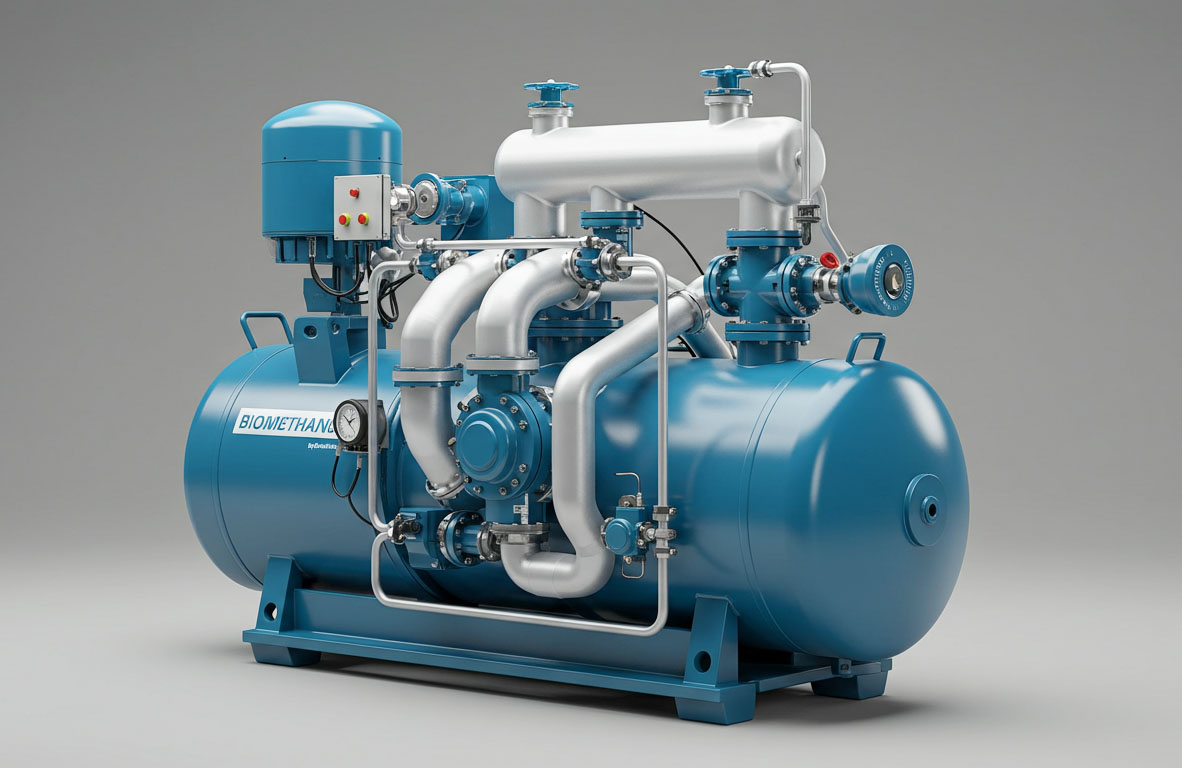Carbon Monoxide Compressor: How It Works and Its Applications
Carbon monoxide compressors are essential components of many industrial processes that require pure carbon monoxide gas. These compressors are used to compress and store this dangerous and flammable gas that could pose risks to human health if handled incorrectly. Carbon monoxide compressors can be found across chemical, petrochemical, pharmaceutical industries as well as research & development laboratories – although their use varies based on each process’ needs.

Carbon monoxide compressors function by compressing carbon monoxide gas at high pressure, filtering out impurities from it and storing the compressed gas in high-pressure cylinders or tanks. There are various types of carbon monoxide compressors such as reciprocating, rotary screw and centrifugal compressors; each type offers advantages and disadvantages depending on its intended use.
Safety is of utmost importance when using carbon monoxide compressors. Carbon monoxide is a toxic and flammable gas which poses serious health hazards if inhaled in high concentrations, so proper safety procedures must be observed when working with these machines, such as wearing appropriate protective equipment, using gas detectors to monitor carbon monoxide levels, and providing sufficient ventilation within the compressor room.
Key Takeaways
- Carbon monoxide compressors are essential for many industrial processes that require high-purity carbon monoxide gas.
- Safety and handling are critical aspects of carbon monoxide compressors due to the toxic and flammable nature of carbon monoxide gas.
- Carbon monoxide compressors come in various types, each with its own advantages and disadvantages depending on the specific application.
Fundamentals of Carbon Monoxide Compressors
Operating Principles
Carbon monoxide compressors are devices designed to compress air in order to provide a continuous supply of breathing air for their users. They do this by drawing in ambient air and compressing it at a higher pressure before storing in tanks until needed for delivery to users. Once compressed air has been delivered to users it passes through filters designed to remove contaminants before being delivered as breathing air.
Carbon monoxide compressors must meet strict safety standards to meet their purpose properly, including producing air that is free from contaminants such as carbon monoxide which may prove fatal at higher concentrations.
Carbon monoxide compressors must meet certain safety regulations, which includes being equipped with a continuously running carbon monoxide monitor that can quickly detect even low concentrations of CO. Ideally, the monitor should be placed as close to the user as possible so any potential hazards are quickly identified and addressed.
Carbon monoxide compressors should also come equipped with a high-temperature protection cut-off switch to prevent the compressor from overheating and potentially creating fire or safety risks. This switch is intended to stop running when its temperature reaches an predefined threshold, thus protecting users against potentially hazardous temperatures caused by overheating compressors.
Design Specifications
Carbon monoxide compressors are designed to meet specific safety standards and regulations. This includes ensuring that the compressor is equipped with a continuously operating carbon monoxide monitor that is capable of detecting even small concentrations of carbon monoxide in the compressed air. The monitor should be positioned as close to the user as possible to ensure that any potential hazards are detected quickly.
In addition to the carbon monoxide monitor, carbon monoxide compressors should also be equipped with a high-temperature protection cut-off switch. This switch is designed to shut off the compressor in the event that the temperature of the compressor exceeds a certain threshold. This helps to prevent the compressor from overheating and potentially causing a fire or other safety hazard.
Overall, carbon monoxide compressors are essential devices for anyone who needs a continuous supply of breathing air. By understanding the operating principles and design specifications of these devices, users can ensure that they are using them safely and effectively.
What Types of Carbon Monoxide Compressors Exist
There are various kinds of carbon monoxide compressors on the market. Each variety offers its own set of advantages and drawbacks. Reciprocating compressors, rotary screw compressors, and centrifugal compressors are three primary categories.
Reciprocating Compressors
Reciprocating compressors are positive displacement compressors that use a piston and cylinder to compress gas. Commonly found in small to mid-sized applications, reciprocating compressors are known for their high efficiency and reliability; however, they may require additional maintenance than other types.
Rotary Screw Compressors
Rotary screw compressors use two interlocking helical rotors to compress gas, making them popular choices in industrial applications due to their high capacity and efficiency. Rotary screw compressors tend to be quieter than reciprocating compressors while needing less maintenance; however, these compressors tend to be more costly.
Centrifugal Compressors
Centrifugal compressors use a rotating impeller to compress gas. They are widely used in large-scale applications due to their high capacity and efficiency. Centrifugal compressors are the most expensive type of compressor but also the most effective one; furthermore, they boast the quietest operation while needing minimal maintenance requirements.
Overall, selecting an effective carbon monoxide compressor depends on your specific application needs. Reciprocating compressors tend to work best for small to medium-sized jobs while rotary screw compressors excel in industrial settings. Centrifugal compressors tend to be the most energy-efficient choice when dealing with large scale applications.
Safety and Handling

Hazard Prevention
Carbon monoxide is a colorless, odorless, and toxic gas that can be produced when air compressors are used to fill breathing air tanks. To prevent carbon monoxide poisoning, it is important to follow safety protocols and take necessary precautions.
First, it is important to install a continuously operating carbon monoxide monitor equipped with an alarm on oil-lubricated compressors in a position as close to the user as practicable. This will help detect any carbon monoxide buildup in the air and alert users to potential danger.
Second, it is recommended to periodically test the air quality to ensure that it is safe for breathing. This includes testing for carbon monoxide and other hazardous gases.
Third, users should wear appropriate personal protective equipment, including respiratory protection and eye protection, when working with air compressors and breathing air tanks. This can help prevent exposure to harmful gases and particles.
Maintenance Protocols
Proper maintenance of air compressors is crucial to preventing hazardous situations. It is important to follow manufacturer guidelines for maintenance and to conduct regular inspections of the equipment.
Users should also be trained on proper use and maintenance of air compressors and breathing air tanks. This includes proper storage and handling of compressed gas cylinders, as well as proper maintenance of compressor filters and other components.
In addition, it is important to regularly inspect and replace any worn or damaged components, such as hoses or fittings, to prevent leaks or other hazardous situations. Users should also be aware of the signs of carbon monoxide poisoning, which can include headache, dizziness, nausea, and shortness of breath.
By following proper safety protocols and maintenance procedures, users can help prevent hazardous situations and ensure that air compressors and breathing air tanks are safe for use.
Applications of Carbon Monoxide Compressors
Carbon monoxide compressors are used in various industries and applications. Here are some of the most common uses of carbon monoxide compressors:
Industrial Uses
Carbon monoxide compressors play a crucial role in the transportation and storage of carbon monoxide gas in many industrial and chemical operations. They are used to enhance operational efficiency and productivity by compressing and transporting carbon monoxide gas to different locations.
In the food processing industry, carbon monoxide compressors are used to preserve the color and freshness of meat products. Carbon monoxide is used to prevent the oxidation of myoglobin, which is responsible for the red color of meat. By compressing and transporting carbon monoxide gas, meat processors can maintain the desired color and freshness of meat products for a longer period.
Carbon monoxide compressors are also used in the production of methanol, a key ingredient in the production of formaldehyde, acetic acid, and other chemicals. Carbon monoxide is reacted with hydrogen to produce methanol, and carbon monoxide compressors are used to transport and compress the carbon monoxide gas to the reactor.
Medical and Environmental
In the medical industry, carbon monoxide compressors are used to produce medical-grade carbon monoxide gas for use in medical treatments. Carbon monoxide therapy has been used to treat a variety of medical conditions, including sickle cell anemia, acute respiratory distress syndrome, and other lung diseases.
Carbon monoxide compressors are also used in environmental applications, such as air quality monitoring and pollution control. Carbon monoxide is a harmful gas that can cause serious health problems, and carbon monoxide compressors are used to compress and transport the gas for analysis and monitoring.
Overall, carbon monoxide compressors are essential in many industries and applications, from food processing to medical treatments. They play a crucial role in enhancing operational efficiency and productivity while ensuring the safety of workers and the environment.
Market Trends and Future Outlook

The global carbon monoxide compressor market is expected to grow at a moderate rate in the coming years. According to Fortune Business Insights, the market size was valued at USD 3.26 billion in 2022 and is projected to grow at a CAGR of 4.4% during the forecast period. The increasing demand for carbon monoxide in various industries such as chemical, metal, and oil & gas is expected to drive the growth of the market.
One of the key trends in the carbon monoxide compressor market is the increasing adoption of advanced technologies, such as IoT, automation, and robotics, to enhance the efficiency and productivity of the compressors. The integration of these technologies enables real-time monitoring and control of the compressors, which helps in reducing downtime and maintenance costs. Moreover, the growing focus on reducing carbon emissions and improving energy efficiency is expected to drive the demand for energy-efficient carbon monoxide compressors.
Another trend in the market is the increasing use of carbon monoxide in the production of various chemicals, such as methanol, acetic acid, and formaldehyde. The demand for these chemicals is growing due to their widespread use in various industries, such as automotive, construction, and healthcare. This is expected to create lucrative opportunities for the players operating in the carbon monoxide compressor market.
Overall, the future outlook for the carbon monoxide compressor market looks positive, with the increasing demand for carbon monoxide in various industries and the adoption of advanced technologies expected to drive the growth of the market. However, players in the market need to focus on developing energy-efficient and cost-effective compressors to stay competitive in the market.
Frequently Asked Questions

How can carbon monoxide contamination occur in compressed air systems?
Carbon monoxide contamination can occur in compressed air systems due to the presence of internal combustion engines, which emit carbon monoxide as a byproduct of combustion. This can happen in a variety of settings, including industrial plants, construction sites, and other locations where engines are used to power equipment.
What are the safety measures to prevent carbon monoxide poisoning in compressed air applications?
To prevent carbon monoxide poisoning in compressed air applications, it is important to ensure that all internal combustion engines are properly ventilated. In addition, carbon monoxide detectors should be installed in areas where compressed air is used, and workers should be trained on the dangers of carbon monoxide and how to respond in the event of an emergency.
What are the primary uses of compressed carbon monoxide in industrial settings?
Compressed carbon monoxide is primarily used in industrial settings as a fuel for internal combustion engines. It is also used as a reducing agent in certain chemical processes, as well as in the production of certain chemicals and materials.
How is carbon monoxide detected in compressed air streams?
Carbon monoxide can be detected in compressed air streams using specialized sensors and detectors. These devices are designed to detect the presence of carbon monoxide and alert workers to its presence before dangerous levels are reached.
What are the health risks associated with breathing compressed air contaminated with carbon monoxide?
Breathing compressed air contaminated with carbon monoxide can lead to a variety of health problems, including headaches, dizziness, nausea, and fatigue. In severe cases, carbon monoxide poisoning can lead to unconsciousness, brain damage, and even death.
How often should air compressors be tested for carbon monoxide levels?
Air compressors should be tested for carbon monoxide levels on a regular basis, in accordance with industry standards and best practices. This may involve periodic testing by trained professionals, as well as the use of specialized monitoring equipment to detect the presence of carbon monoxide.


